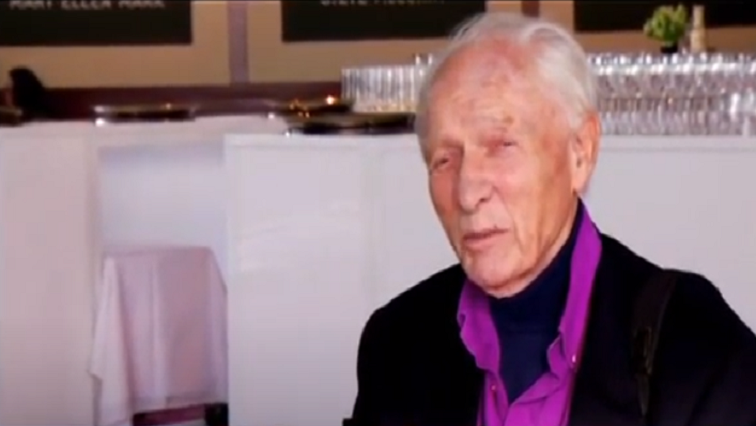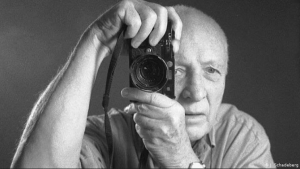Photojournalist Jurgen Schadeberg has been described as an incredible pictorial historian who played an integral role in capturing South Africa’s struggle for freedom during apartheid.
He died at the age of 89 at his home in Spain over the weekend after suffering a stroke.
Schadeberg, who was chief photographer at Drum magazine, is responsible for capturing many of the country’s most iconic images, in particular Nelson Mandela.
In an interview with SABC News in 2014, after being honoured with the Cornell Capa Lifetime Achievement Award, which recognises outstanding achievements in photography, the legendary photographer said, “It was very exciting because we were very busy and we had an aim and purpose to build up communication for the African people who at that time were cut off, socially, culturally and politically – totally isolated.”
Birth
Schadeberg was born and raised in Berlin, Germany and came to South Africa at the age of 19 to live with his mother. He worked as a photographer taking pictures of Afrikaaner families and then landed a job at Drum Magazine as the chief photographer and picture editor.
Film Producer Anant Singh says, “He was an exceptional talent. He is German and came to SA to work for Drum magazine in the 50’s. His imagery was exceptional. He was shooting black and white film in those day. He was able to capture the story of our history. He was in Soweto, he was with the political leaders like Madiba, Sisulu while they were starting to fight.”
Through Drum Magazine, Schadeberg’s work infiltrated black townships chronicling the increasingly violent imposition of apartheid on Black lives in South Africa.
He took some of the most potent and enduring images of Nelson Mandela and other anti-apartheid stalwarts. These include Madiba in his prison cell on Robben Island, the 1952 Defiance Campaign and the 1955 demolition of Sophiatown.
He also captured prized images of jazz musicians like Miriam Makeba.

‘A man of intense passion’
In a moving tribute on social media, journalist Hazel Friedman who collaborated with Schadeberg on various books, described him as a man of intense passion and profound empathy.
“He wasn’t that swaggering type of photojournalist that had highs and lows. He was consistently humbly shooting and documenting moments that many of us would overlook. That was the hallmark of his brilliance along with his technical brilliance. An incredible, pictorial historian might be one way of describing the legacy that he left. They exemplified the principals of photography that he held so dear while he had this incredible humanity for the struggles that South Africans went through.”
Schadeberg’s career spans almost seven decades of photographic excellence. His artistic brilliance and exhibitions inspired many of South Africa’s current leading photographers to enter the field.
Photographer Neo Ntsoma is one such artist who worked with Schadeberg on an exhibition titled “face-to-face” at the University of Johannesburg in 2006.
Ntsoma says, “The images they stood in my mind, the reference was from the collection that I had seen. He looked at my work and decided that I should collaborate with him. Whatever conversation I had with him, it came from the heart. He didn’t take much credit for his contribution in terms of the democracy that we are now enjoying. But in reality, it was those pictures that gave people hope, it was those pictures that influenced an entire generation.”
In the video below, Stephan Welz & Co’s Anton Welza speaks about the Jürgen Schadeberg photography exhibition:
Oppressed black people
Not only was Schadeberg a creative genius of his craft, he also persevered to tell the stories of oppressed black people through the lens of his camera during a dangerous time in South African history.
In 1958, Schadeberg was arrested for protecting a Drum magazine colleague, one of many arrests during his time in South Africa.
Benny Gool, a multimedia journalist also working with the Desmond Tutu Foundation, says Schadeberg was an icon.
“I grew up worshipping Jurgen’s work. I am sad that we are losing quite a lot of our elderly photographers. A person like him would have found it difficult to work in our communities because he was white and he would stick out like a sore thumb and then being arrested. I have respect for Jurgen and the courage to go out and report on the lives of black people and show what was going out in our community when very few people had the courage to do that.”



